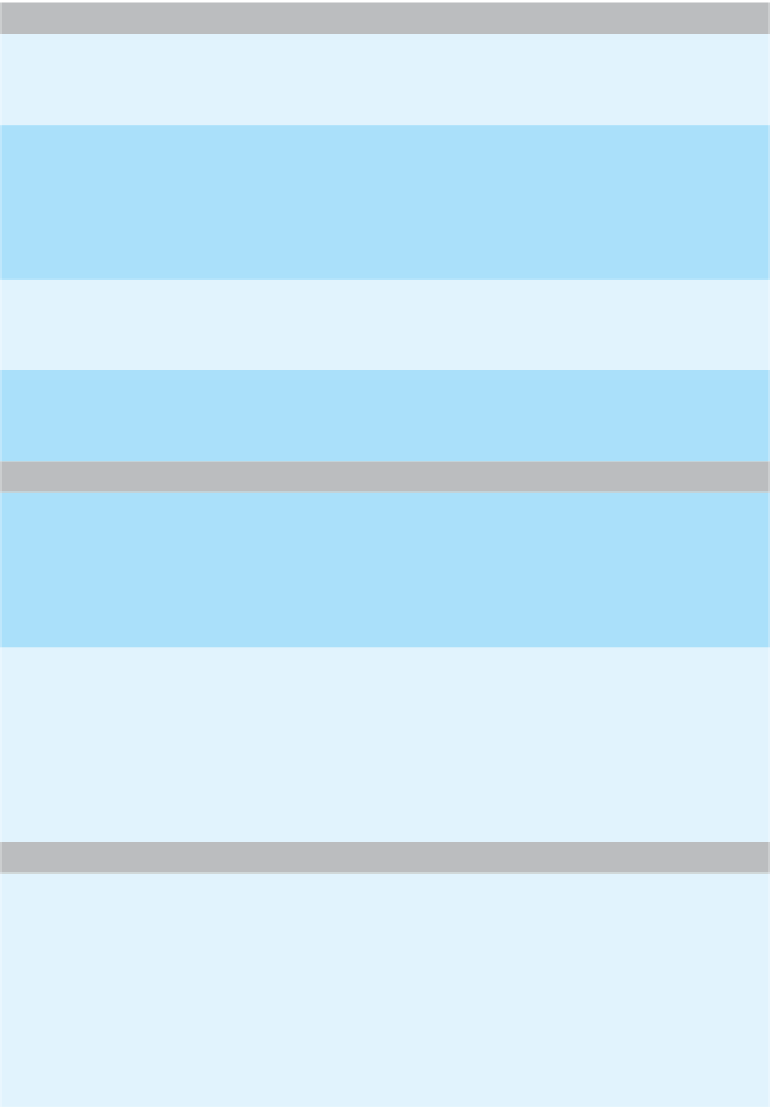Java Reference
In-Depth Information
CONSTRUCTORS
public
Vector()
Creates an empty vector with an initial capacity of
10
. When the vector needs to increase its
capacity, the capacity doubles.
public
Vector(Collection<? extends T> c)
Creates a vector that contains all the elements of the collection
c
in the same order as they have
in
c
. If
c
is a vector, the capacity of the created vector will be
c.size(),
not
c.capacity
.
Throws:
NullPointerException
if
c
is
null.
public
Vector(
int
initialCapacity)
Creates an empty vector with the specifi ed initial capacity. When the vector needs to increase its
capacity, the capacity doubles.
public
Vector(
int
initialCapacity,
int
capacityIncrement)
Constructs an empty vector with the specifi ed initial capacity and capacity increment. When the
vector needs to grow, it will add room for
capacityIncrement
more items.
ARRAYLIKE METHODS
public
T get(
int
index)
Returns the element at the specifi ed index. This is analogous to returning
a[index]
for an array
a
.
Throws:
ArrayIndexOutOfBoundsException
if the
index
is not greater than or equal to
0
and less
than the current size of the vector.
public
T set(
int
index, T newElement)
Sets the element at the specifi ed
index
to
newElement
. The element previously at that position
is returned. If you draw an analogy between the vector and an array
a
, this is analogous to setting
a[index]
to the value
newElement
.
Throws:
ArrayIndexOutOfBoundsException
if the
index
is not greater than or equal to
0
and
strictly less than the current size of the vector.
METHODS TO ADD ELEMENTS
public void
add(
int
index, T newElement)
Inserts
newElement
as an element in the calling vector at the specifi ed index. Each element in
the vector with an index greater or equal to
index
is shifted upward to have an index that is one
greater than the value it had previously.
Note that you can use this method to add an element after the last current element. The capacity
of the vector is increased if this is required.
Throws:
ArrayIndexOutOfBoundsException
if the index is not greater than or equal to
0
and less
than
or equal to
the current size of the vector.

